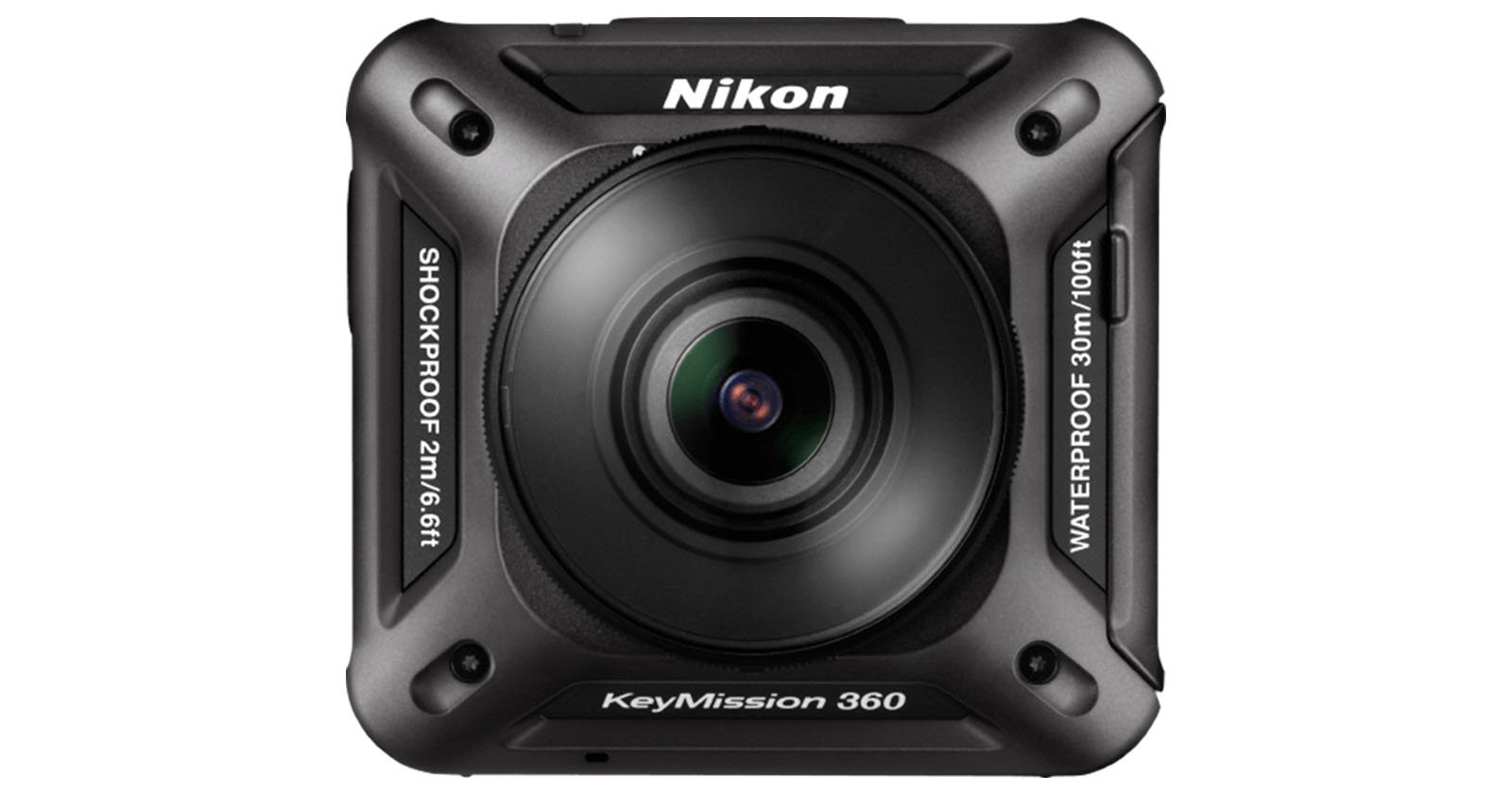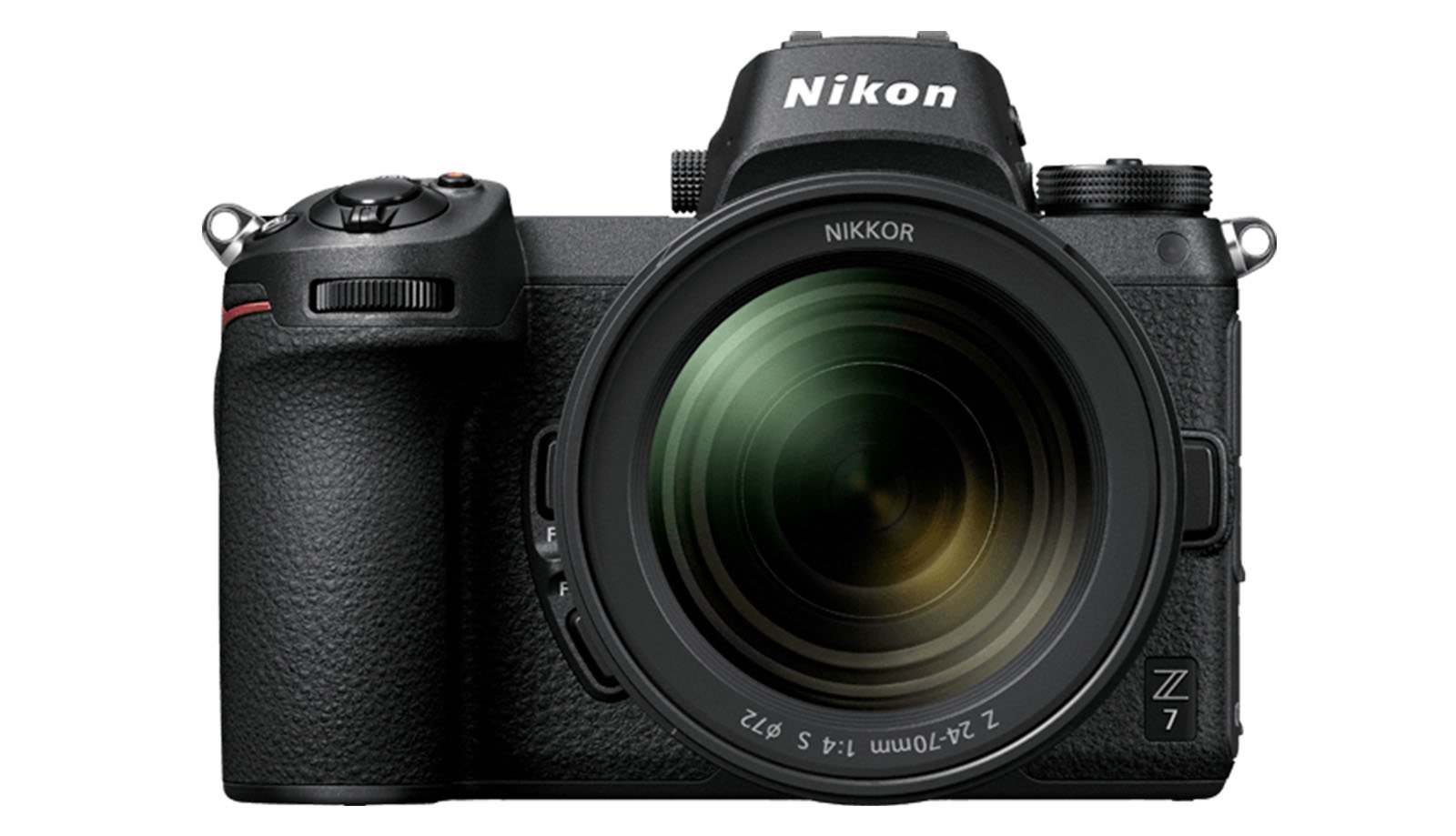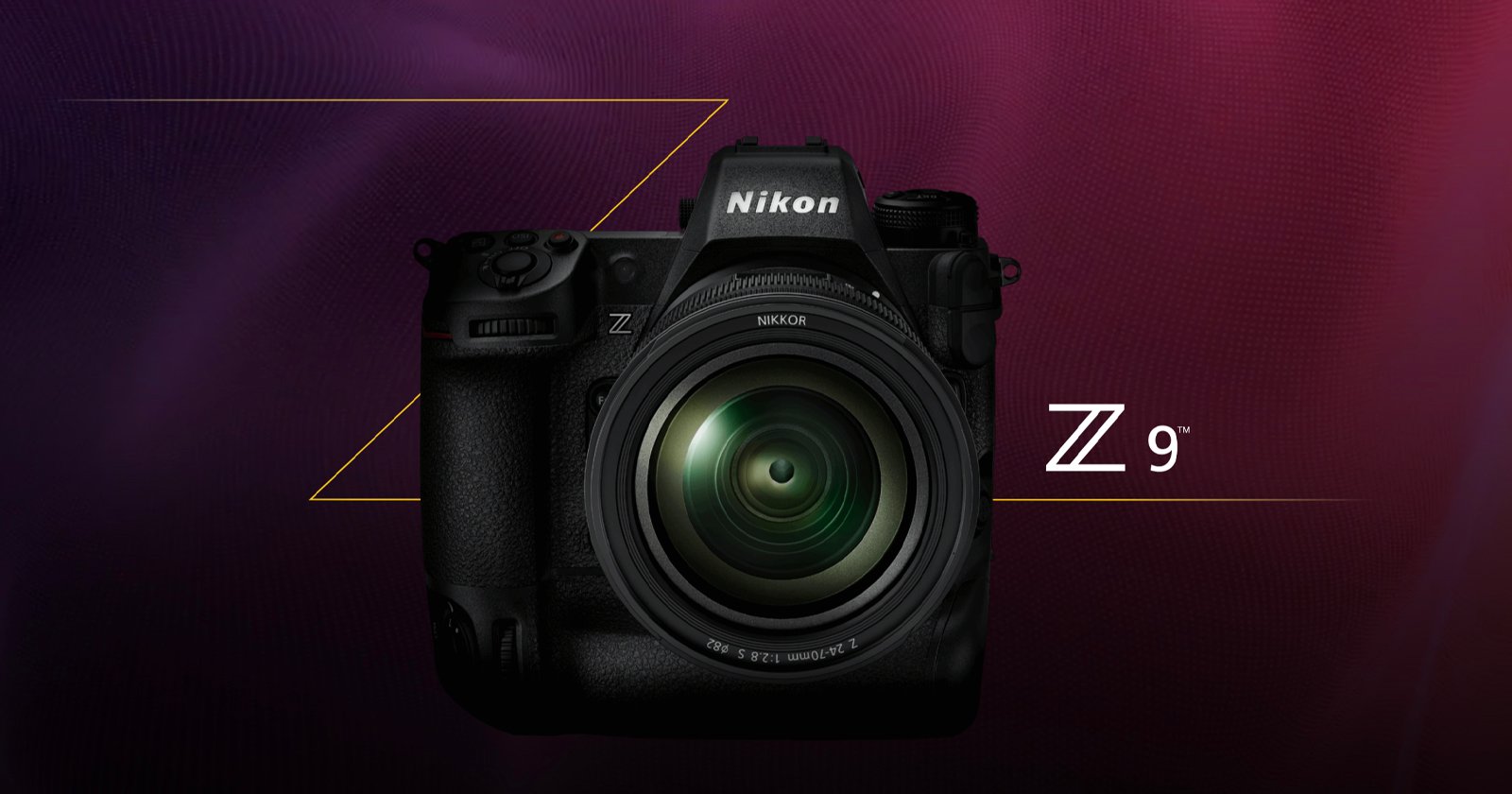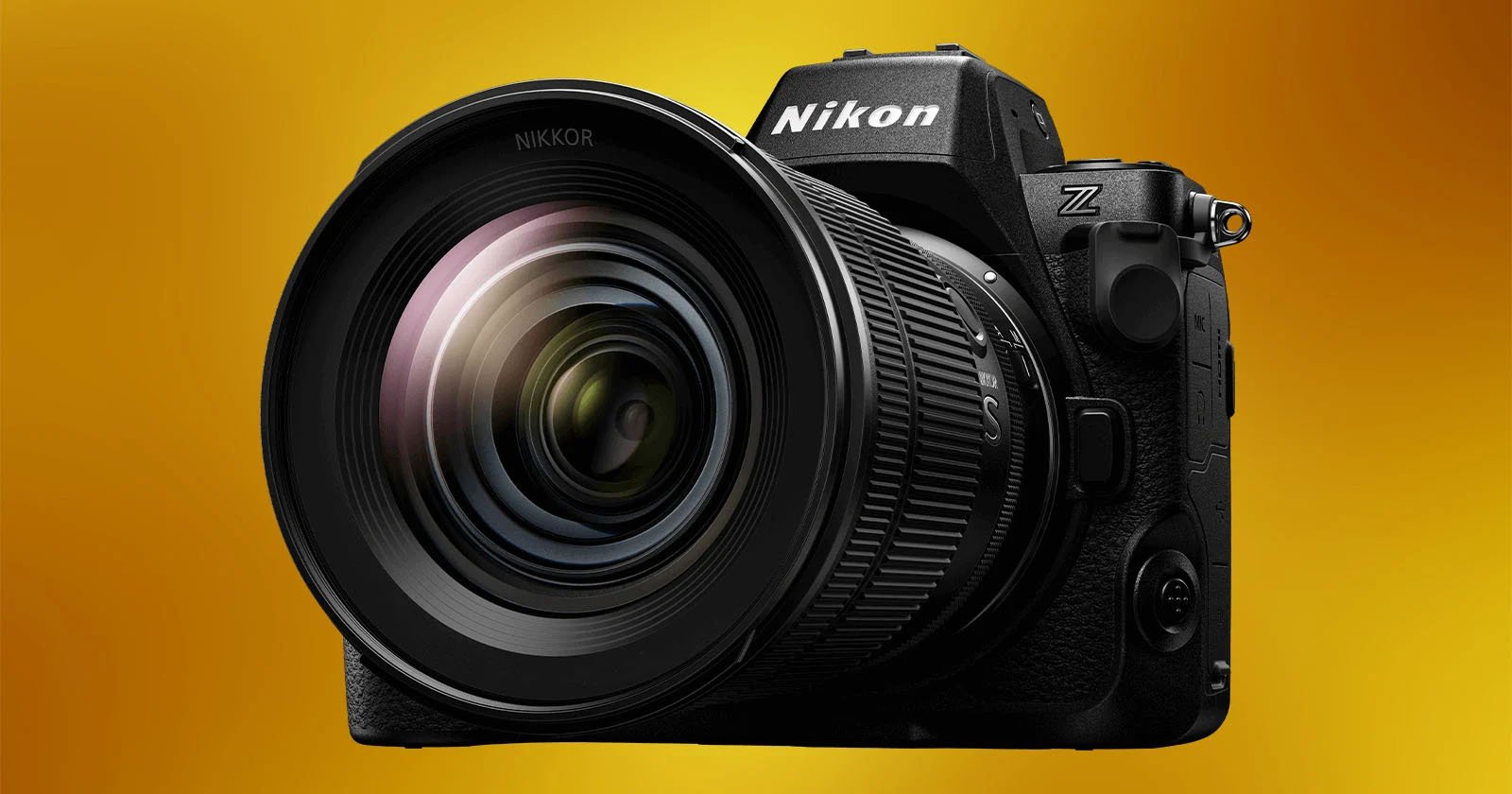A Phoenix Rising From the Ashes: How Nikon Found Its Way Back to Profit
![]()
Although Nikon was founded nearly 107 years ago and has been ubiquitous in the photography space for much of that time, the company is not far removed from financial troubles that threatened to reduce the company to ruin. Through shrewd decisions and great new Nikon Z cameras and lenses, Nikon has safely moved from the brink.
Nikon is so far from a collapse that it has even been actively buying companies, including purchasing RED Digital Cinema for a cool $85 million, a move that represents a seismic shift in the cinema space. But Nikon’s financial story is much more complex than this single acquisition or its dance with dire straits a few years ago.
![]()
Nikon’s Transition from DSLRs to Mirrorless Included High Peaks and Cavernous Valleys
In the past decade-plus, Nikon’s profit margins have run the gamut, ranging from a high mark of $722 million in 2012 to a disastrous negative $324 million just three years ago in 2021. Yes, that fiscal year, Nikon lost $324 million. Poof. Gone. That would sink many companies, and its impact on Nikon was acutely felt even though it survived.
2021 wasn’t Nikon’s first run-in with losing money. The company also battled red ink in 2017, when it lost $66 million; in 2010, it lost $136 million. The 2017 loss followed four consecutive years during which Nikon made less profit than the year before, consistently dropping every year after the fantastic 2012.
Nikon is much more than a camera company, although photography is a significant focus and can serve as an effective bellwether for the Japanese company’s overall success. So what happened with Nikon’s colossal profit in 2012, its flirtation with failure in 2017, its horrific 2021, and its incredible recovery today?
While the 2010 loss can easily be blamed mainly on the Great Recession, the 2017 loss has more to do with Nikon’s decisions than global economic conditions.
![]()
The KeyMission Was Nikon’s Worst Misstep of the 21st Century
Hopping in a time machine and setting the dial to 2016, we join Nikon in the waning years of its DSLR era. While Nikon dabbled with mirrorless through its small-sensor Nikon 1 system, launched in 2013, its more enormous gamble was its short-lived foray into action cameras.
Action cameras may still be popular now, but they were all the rage in 2015 and 2016. 2015 was GoPro’s biggest year ever in terms of revenue, so perhaps it should come as no surprise that Nikon thought, “We ought to get involved in action cameras.”
Enter Nikon KeyMission, which arrived on the scene in 2016 in three variants, each with different specs and features: The KeyMission 80, KeyMission 170, and flagship KeyMission 360. While 360-degree cameras are impressive now, a 4K 360-degree action camera in 2016 was ambitious. As it happens, it was too ambitious, and the camera was mired by poor performance.

Less than three years after Nikon launched its KeyMission line, it was gone. However, although Nikon was keen to forget about it, going so far as to barely even mention the product line in its 2017 annual financial report, the damage left in KeyMission’s wake could not be so easily erased — 2017 was a bad year for Nikon.
It should be said that it wasn’t all the KeyMission’s fault, either. 2016 was a bad year for earthquakes in Japan, with a series of quakes killing hundreds and injuring thousands more, causing catastrophic damage and resulting in multiple image sensor plants shutting down.
Every camera company releases products that don’t perform well for one reason or another. In KeyMission’s case, the products were just actually bad, but sometimes good products flop, too.
The First Full-Frame Steps Into Mirrorless
Eager to turn the corner, Nikon shifted its focus toward its long-anticipated full-frame mirrorless camera system, the Nikon Z. The Z6 and Z7 landed on store shelves in late 2018 alongside a trio of native Nikkor Z lenses and an adapter for DSLR shooters to use Nikon F-mount lenses, and it seemed that the company had turned the corner.
The products were good, although Sony had a tremendous head start. The financial results were positive, too, with Nikon’s financial reports revealing some nice black ink in 2018 and 2019.

Then the wheels came off.
This wasn’t entirely Nikon’s fault, either, as the company couldn’t have predicted the outbreak of COVID-19 in early 2020. For many companies, including Nikon, the pandemic affected labor and production, both internally and regarding externally sourced parts required to make products.
Nikon’s release schedule slowed to a crawl, with the company releasing only the D6 in 2019 and just two Nikon Z cameras in 2020 — the Nikon Z50 and Z5 — neither of which did much to move the need for enthusiast and professional photographers.

Even with the Nikon Z6 II and Z7 II released in late 2021, the Nikon Z system felt lacking. It didn’t have a killer camera. It hadn’t experienced its “D3 moment” yet — that camera that elevates an entire system.
While this was all happening, and longtime Nikon fans were wondering if the Z system would ever really take off, Nikon lost $324 million in 2021. The company even contemplated whether it could make things work anymore in the photography industry.
The Nikon Z9: The Start of Renewal
Then 2022 arrived, bringing the Nikon Z9 along with it — the company’s first true flagship mirrorless camera. It is not hyperbolic to say that the Z9 saved Nikon. The D3 moment arrived.
On the back of the Nikon Z9 and a continuous stream of excellent Nikkor Z lenses, Nikon made $380 million in profit in 2022, a staggering $704 million turnaround.

The Z8 last year only solidified Nikon’s place at the table. While Nikon’s 2023 performance wasn’t quite as good as 2022 — Nikon’s profit dipped from $380 to $333 million year over year — it is so far from the depths of hell Nikon found itself in two years prior.
Nikon’s Renaissance Shows the Power of Sticking to Your Strengths
Nikon’s recovery is one of the most fascinating stories in the photography industry. While the company’s near-death was the result of a perfect storm of factors, some within the company’s control, others not, its return from the brink is almost entirely thanks to Nikon’s talented designers and engineers, who have made great product after great product.
More to the point, while Nikon felt like it was chasing the competition with the failed Nikon 1 and KeyMission systems, the Nikon Z system, although it started a bit shaky, felt quintessentially “Nikon” from the start. To a longtime Nikon fan like myself, the Nikon Z system felt like being reintroduced to an old friend. The Nikon Z9 took this feeling of familiarity to new heights.

It also can’t be missed that Nikon has hit a home run with its firmware strategy with the Nikon Z system. While some companies are happy to lock certain new features and improvements behind all-new models, Nikon has improved its already-good cameras with free updates. Some of these changes have been significant and transformed the overall user experience.
Although good products and support aren’t always enough, they seem to be for Nikon. For now. Will Nikon be able to keep its momentum throughout 2024? You never know, but betting on Nikon seems smart. The company may have been late to the mirrorless party, but it has made an impression.
Image credits: Supplemental graphics licensed via Depositphotos.